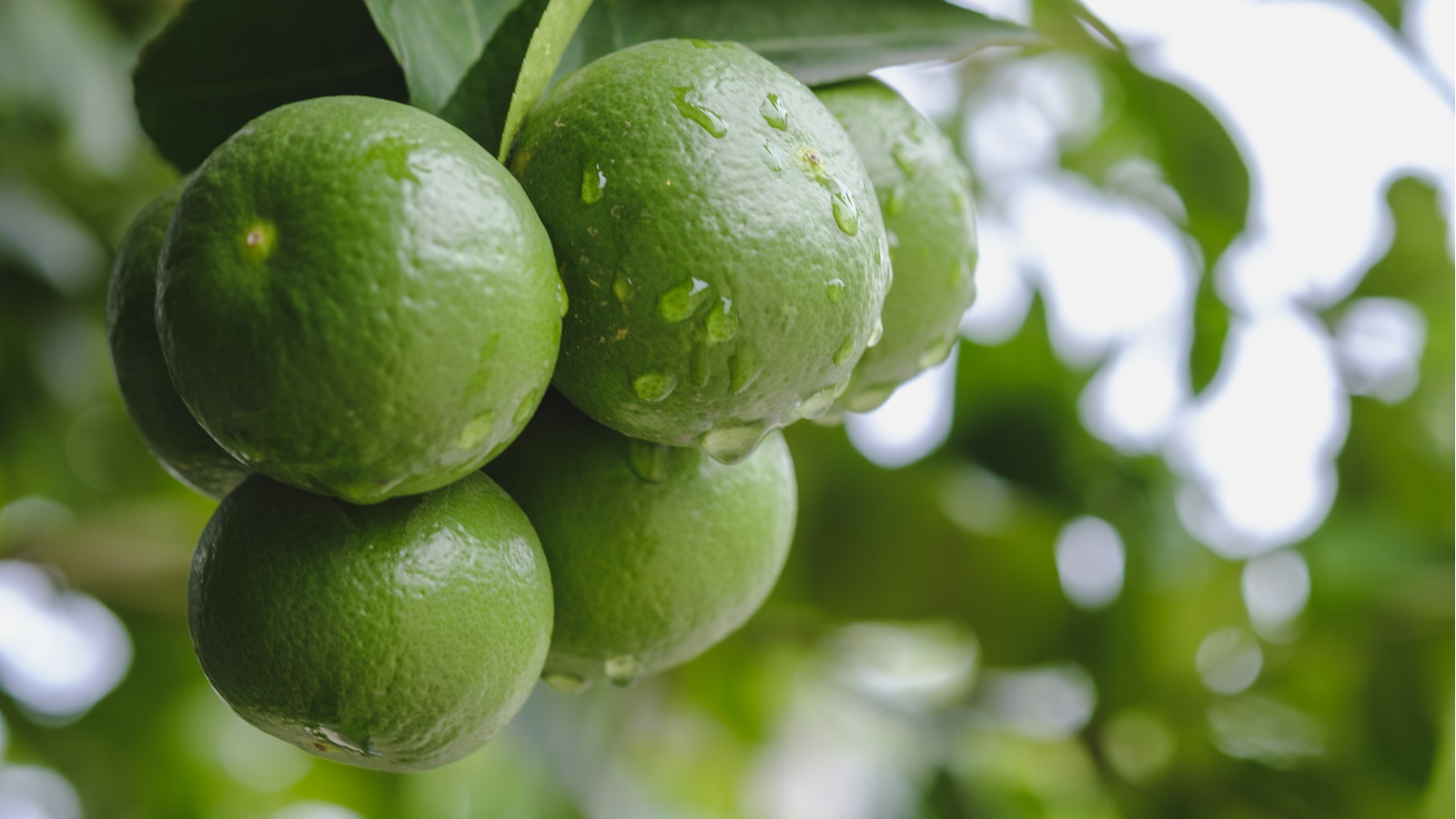
Being able to pluck fruit from your own backyard or balcony to cook with and eat is one of the greatest joys of growing your own crops. That's why it's understandably frustrating if you have tried your hardest with a particular fruit tree and it shows no signs of a harvest.
It's no secret that growing citrus trees requires some particular care if you want them to fruit, and lime trees are no exception. The smallest of mistakes when caring for your lime tree can hinder fruit production. Even if your tree looks healthy and has bright foliage, a lack of fruit may indicate something in its growing environment isn't quite right.
Whether you have a large lime tree that is many feet tall, or a smaller variety that is among the best fruit trees to grow in pots, you need to ensure you provide the right care and growing conditions to encourage fruit to develop. Here's where to get started, with advice from tree experts on how to get a lime tree to fruit.
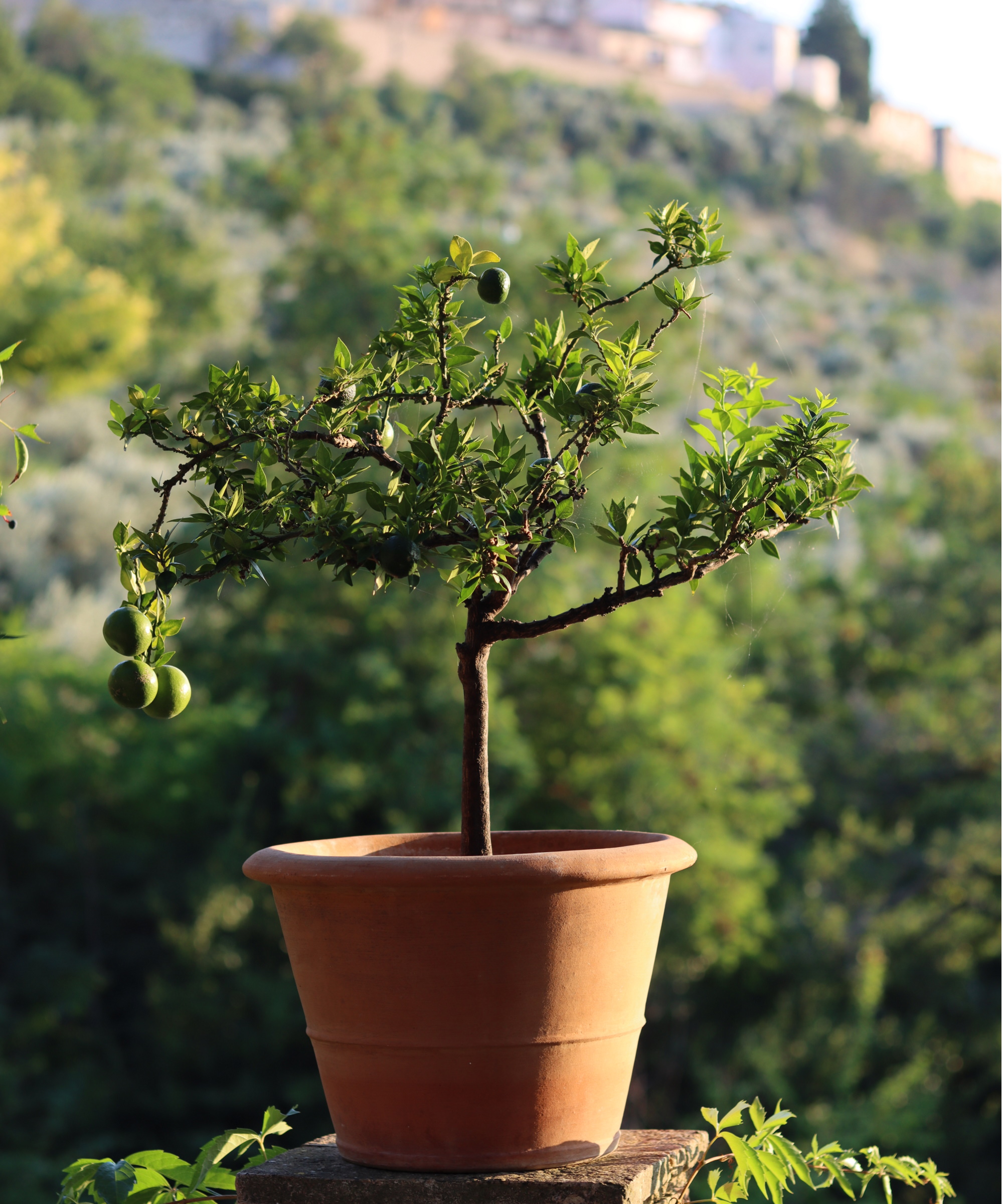
3 ways to get a lime tree to fruit
Even if you're growing fruit trees indoors you have to make sure you provide the best conditions and care for them to produce their crop. There's certainly an art to growing fruit, but luckily experts have shared here exactly what to do to get a lime tree to fruit.
1. Choose a sunny location for your lime tree
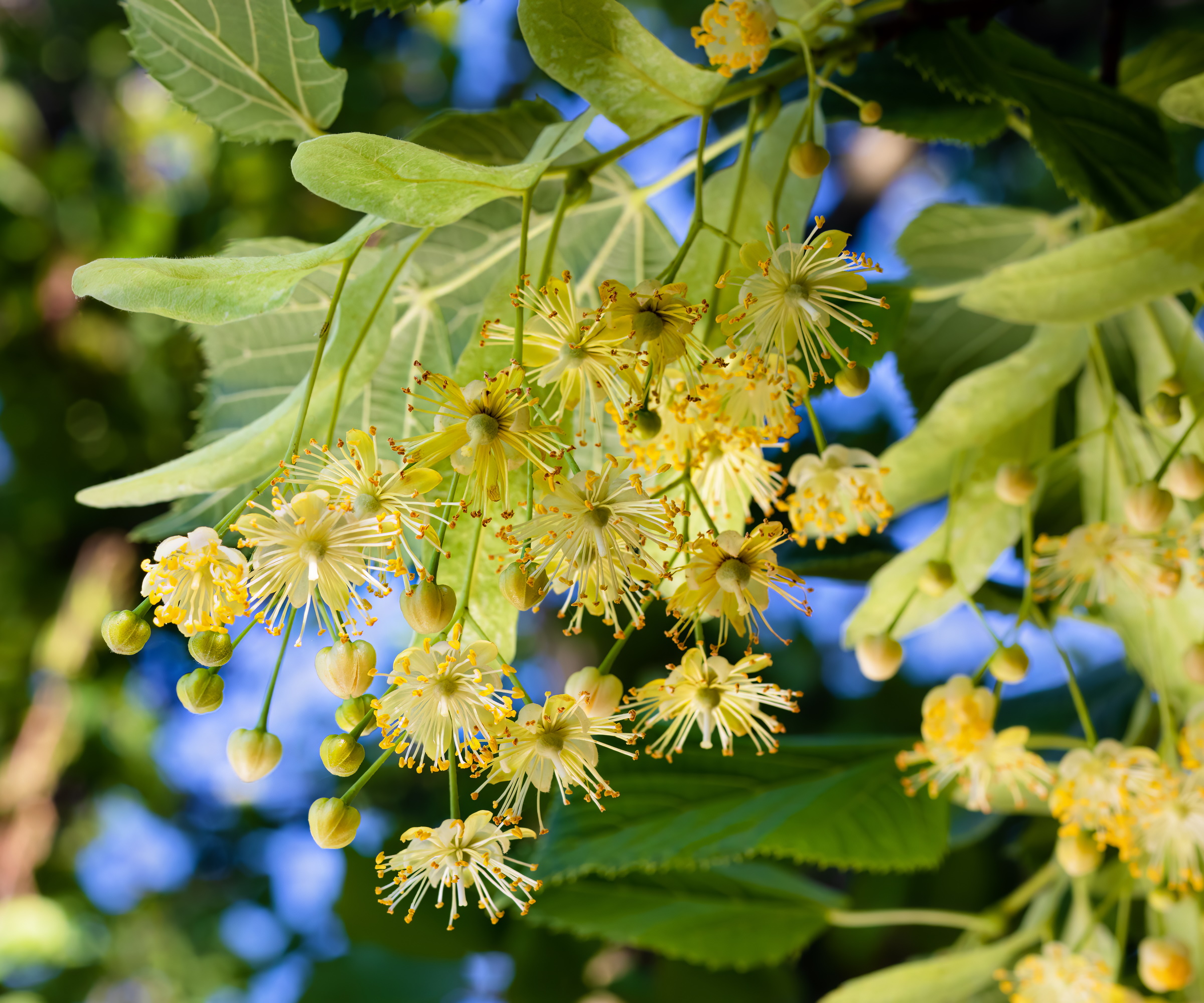
Before assessing whether you're caring for your lime tree properly, you need to check that it is located in an optimal position. As with the majority of fruit plants, plenty of exposure to the sun is necessary for fruit production - plus, a sunny spot will bring beautiful blossoms, like the ones above, in spring and early summer.
'Lime trees are the sun-worshippers of the citrus world. They need at least 6-8 hours of direct sunlight daily to even consider producing fruit,' says Ben McInerney, an arborist and landscape gardener. 'I once rescued a client's lime tree by simply relocating it from a shady corner to a sun-drenched patio. Within a season, it went from a leafy stick to a fruit-bearing wonder,' he adds.
Of course, it's easier to move your lime tree if it's part of your container garden, but if you're planning to grow a large lime tree with a more permanent position, make sure to choose a full-sun spot before planting.
Some smaller lime tree varieties will also work well if you want to grow citrus inside and will benefit from living on a south-facing windowsill. If you struggle to get lots of natural light indoors but still want to encourage your lime tree to produce fruit, try using this grow light from Amazon. Although, it is best to move your lime tree outdoors during warm spring and summer months to help encourage fruit production.
2. Maintain a consistent moisture level for your lime tree
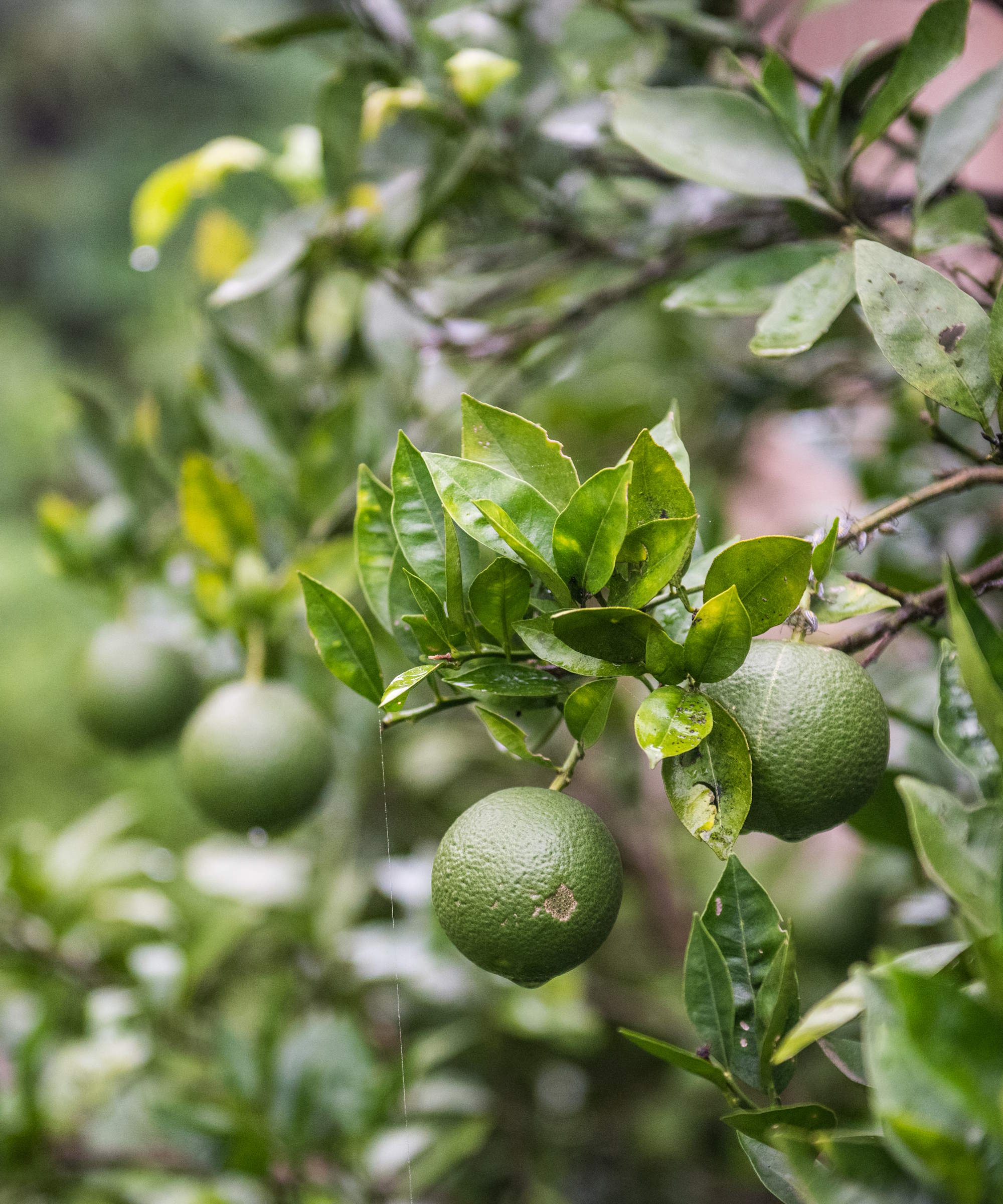
One of the biggest mistakes you can make when it comes to lemon, orange and lime trees is not watering your citrus tree correctly. Too much or too little water can cause a number of problems for your lime tree, including a lack of fruit.
'These trees prefer consistent moisture, but despise wet feet,' says Ben. 'I've developed a simple 'finger test' that's saved countless lime trees from both drought and drowning,' he adds.
As Ben mentions, you want to keep your lime tree at a consistent moisture level without letting it become soggy or completely dry. Use your finger to check if the top inch of soil is dry, indicating it's time for a water top up. Alternatively, use this soil moisture meter from Amazon to identify when it's time to water your plants.
'Consistent, deep watering is better than frequent shallow watering,' advises Evan Torchio, tree expert and CEO of Tree Mender. 'Mulching around the tree also helps keep the roots cool and moist,' he adds.
3. Keep temperatures up for your lime tree
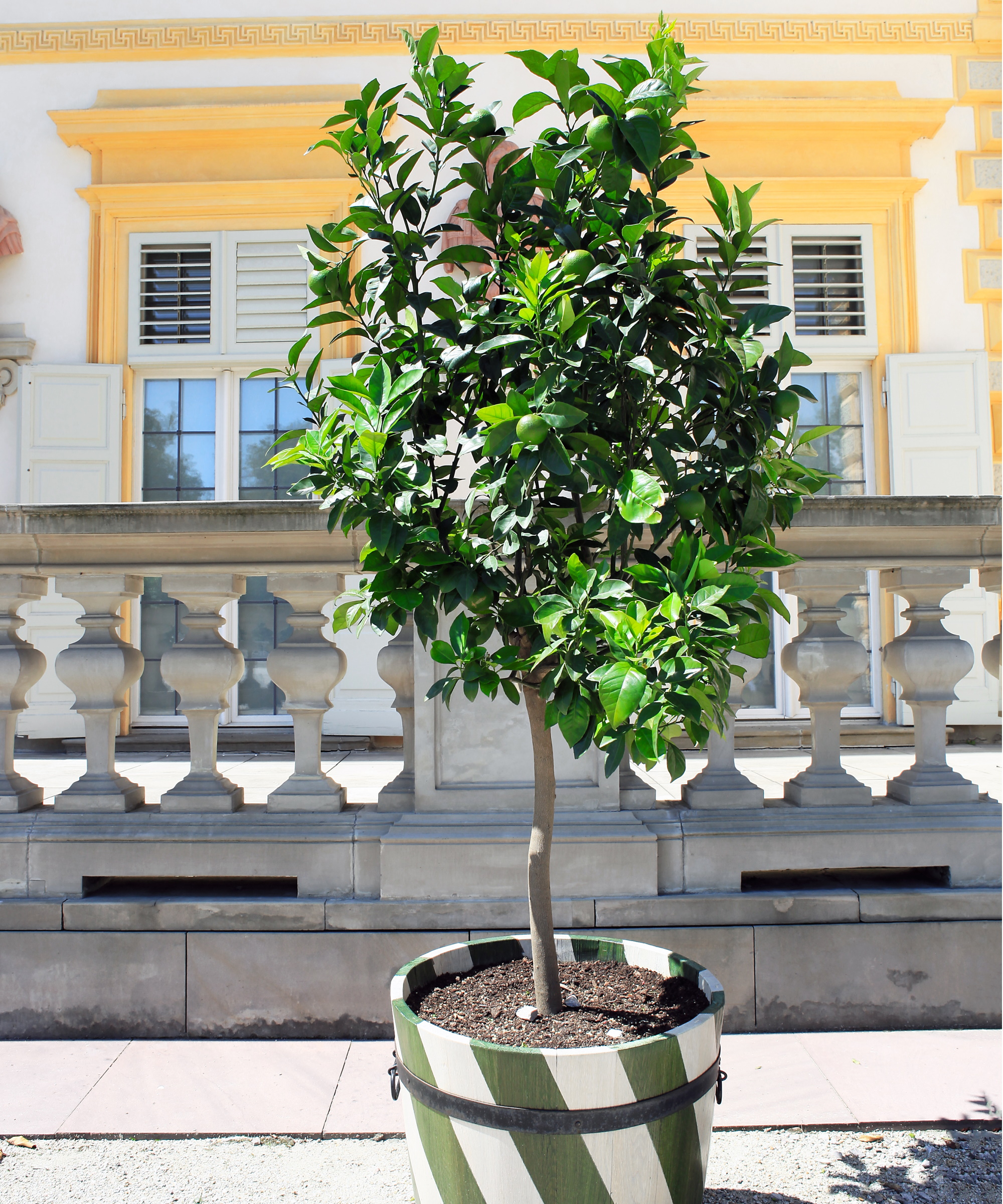
Just as your lime tree needs plenty of exposure to the sun to produce its tasty harvest, it also needs lots of warmth. Lime trees are cultivated around the world in sub-tropical and tropical regions, enjoying higher temperatures and humidity levels.
'Lime trees are tropical divas that thrive in temperatures between 55°F and 85°F,' Ben notes. For this reason, lime trees grown outdoors tend to do best across US hardiness zone 8 to zone 11.
It can be hard to know if your lime tree is growing in the right temperatures, especially if its an outdoor citrus tree. Using this soil and compost thermometer from Amazon can help you track the temperature in the soil. If you're growing your lime tree indoors, use this room thermometer from Amazon to ensure your lime tree is growing in the right temperatures.
'In colder climates, you might need to protect your tree during winter with a tree wrap and a fan,' advises Evan. 'I actually bring mine indoors when it gets really cold.'
Just like caring for a potted lemon tree in winter, you need to ensure your lime tree isn't exposed to cold and freezing temperatures if you want it to stay healthy through colder months and produce fruit in summer.
Mulching is a good solution for lime trees with a more permanent position, as well as using these frost protection bags from Amazon, like Evan suggests.
FAQs
Will fertilizer help my lime tree fruit?
Choosing to fertilize your lime tree will give it a boost of nutrients that can aid fruit production. Avoid fertilizing mistakes by only fertilizing your citrus trees when they are actively growing during the warmer months. This can help prevent root rot and root burn. It's also best to stick to a specific citrus fertilizer, like this lime tree fertilizer from Amazon.
When are limes ready to harvest?
'Most lime varieties set fruit in late spring to early summer, with harvest in winter. However, in my experience working with different climates, I've seen some varieties in warmer regions produce year-round. It's like they're running on their own tropical time zone,' says Ben McInerney, an arborist and landscape gardener.
While it's true that lime trees tend to be ready to harvest in fall and sometimes winter, it really depends on your US hardiness zone and whether you're growing your lime tree indoors or outdoors. You'll know your limes are ready to harvest when they have become softer and are lighter in color.
If you haven't provided these conditions for your lime tree, it might struggle to produce lots of fruit. Try adjusting your tree's growing conditions to encourage fruit development when the warmer seasons come around.
It's also important to prune your lime tree every few years to help keep pests and diseases at bay, and keep it at a manageable size.







